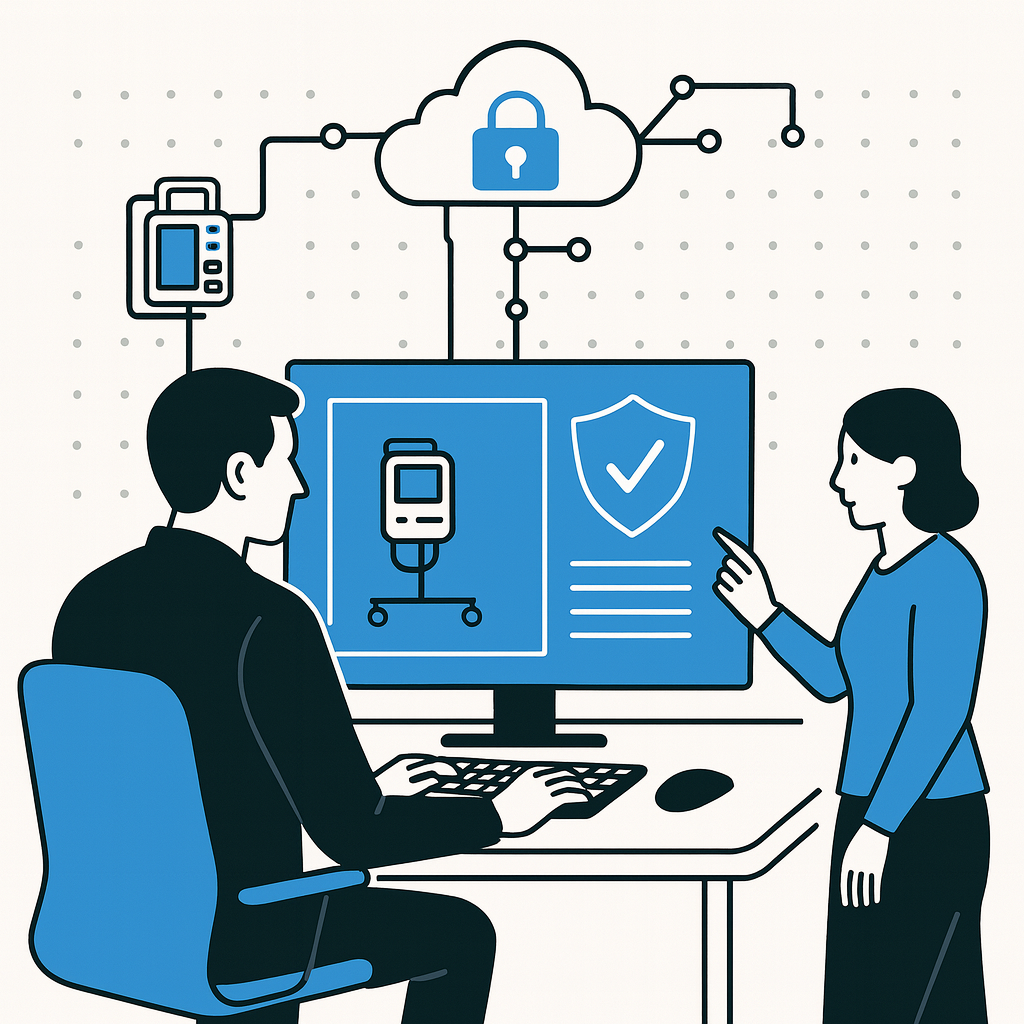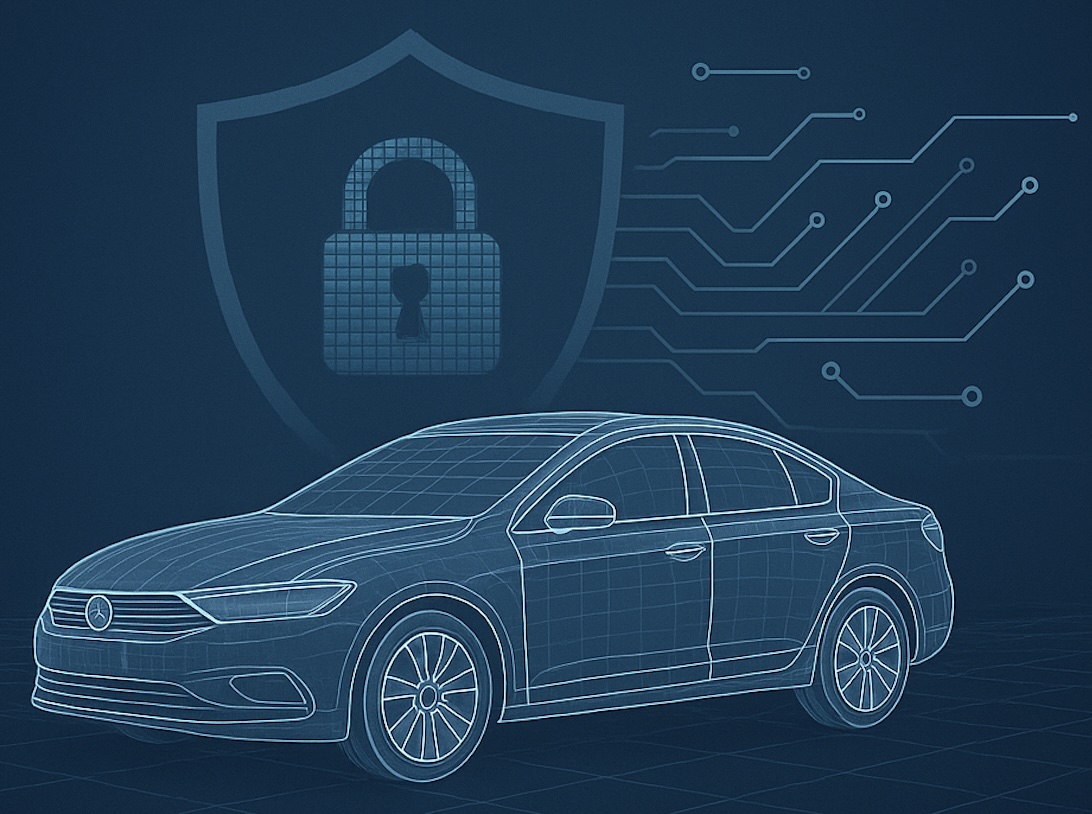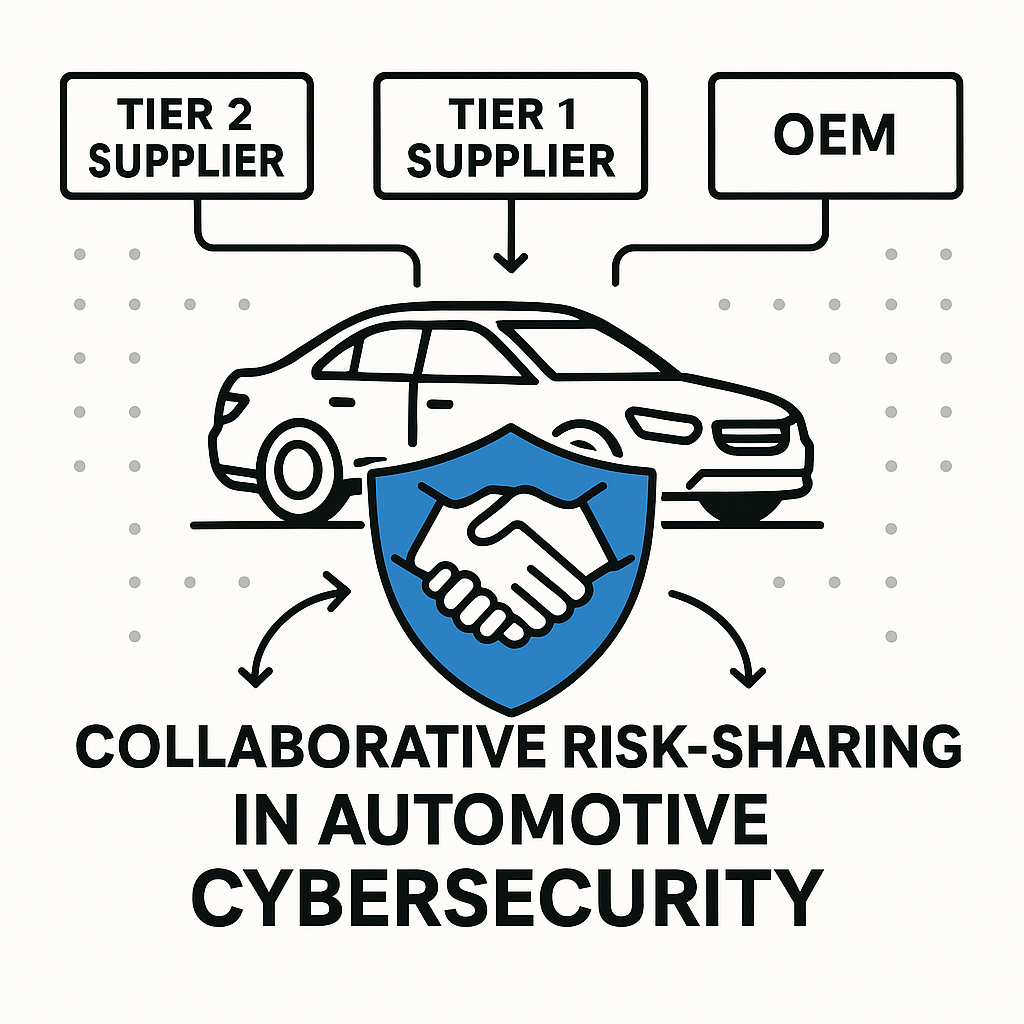.png)
Why TARA Matters in Medical Devices
As industries quickly move toward digital technology, cybersecurity is no longer optional; it’s essential.
Automotive and medical device industries share the same high-stakes goals:
✔ Protecting lives
✔ Securing data
✔ Keeping systems reliable
✔ Avoiding costly failures
But the way they handle cybersecurity—and the challenges they face—are very different.
I work with TARA every day in the automotive industry. I’ve seen how structured cybersecurity assessments do much more than meet regulations. They help find hidden risks early, guide better design decisions, and most importantly, save lives.
Medical devices are becoming more connected, more complex—and unfortunately, more vulnerable. Yet when I talk to people outside the automotive field, I often hear:
“We don’t really do TARA. We do some risk assessment, but not like you do for vehicles.”
That’s a missed opportunity. In the automotive world, we’ve improved TARA to cover safety, system function, data privacy, and financial risk throughout the entire product lifecycle. I believe the healthcare industry can benefit from the same clear, structured, and proactive approach.
Automotive vs. Medical Device Cybersecurity
Let me show you what I mean. Here’s a quick comparison of how cybersecurity risks are handled in the automotive and medical device industries:
Now, let’s see how TARA can help in the medical device space.
It starts by understanding what the device does, who uses it, and how it connects to other systems.
Then, we identify possible threats—like patient harm, data leaks, or system misuse.
After that, we evaluate how likely and how serious each risk is.
Finally, we apply the right controls and keep monitoring to make sure the device stays safe over time.

Real-World Example: ECG Device & Mobile App Breach
Here’s how TARA could have helped prevent a real-world security incident.
A wearable ECG device sent data to a mobile app. The app's API had no rate limiting or authentication. An attacker exploited this and accessed sensitive health records from multiple patients.
🛠️ TARA Applied — Step by Step
So How Can We Help?
Whether you're in automotive or medical devices, structured cybersecurity risk assessment is key to building safer, more reliable systems.
At Block Harbor, we offer support tailored to your industry:
✅ We help you ask the right questions for your systems and risks
✅ We provide a TARA package that includes expert guidance and ready-to-use templates
✅ For medical devices, we align with HIPAA, FDA Premarket Cybersecurity Guidance, and IEC 62304
✅ We've already helped other industries adopt structured approaches—so you don’t have to start from scratch
Let’s build safer, more secure products—before something breaks.
Contact us to learn more.
Stay Connected with Block Harbor
Keep up with the latest in vehicle cybersecurity through our specialized newsletters. Choose the option that best fits your interests and role.
Thank you for your submission!
Read More
Explore more automotive cybersecurity insights from our experts. Discover best practices, case studies, and emerging trends to strengthen your organization's security posture.

A quick guide to using a structured Medical Device Cybersecurity Checklist for safer, compliant connected devices.

The state of automotive cybersecurity today and the forces that will define what comes next.

Announcement of Block Harbor’s selection for the Google AI Academy: American Infrastructure, highlighting our mission to secure AI-powered mobility systems like connected vehicles, drones, and robots through the VSEC cybersecurity platform.

Try Block Harbor Today
Start protecting your vehicles with the same platform the world’s best hackers and defenders use.


%201.svg)




